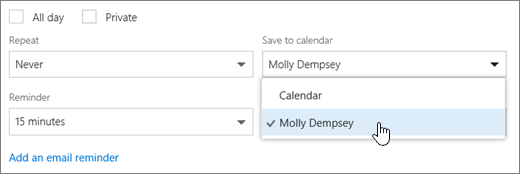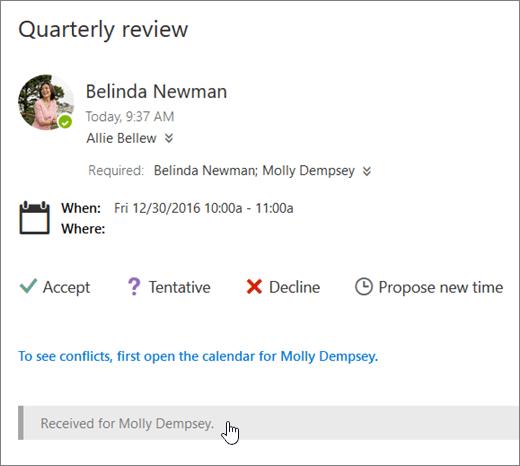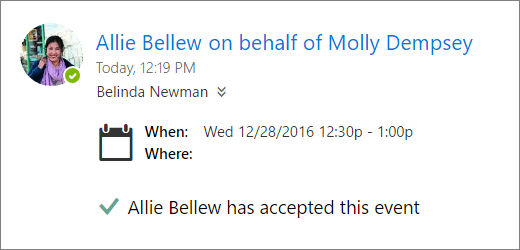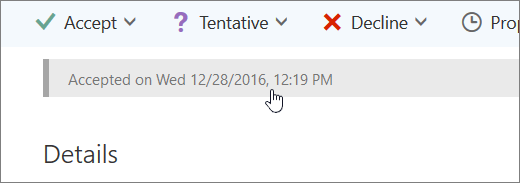Choose your version for instructions
The instructions are slightly different depending on whether you’re using the new Outlook on the web. Choose which version of Outlook on the web you’re using to see the steps that apply to you.
IF YOUR MAILBOX LOOKS LIKE…

See Instructions for the new Outlook on the web.
IF YOUR MAILBOX LOOKS LIKE…

See Instructions for classic Outlook on the web.
Note: If your organization has included its logo in the toolbar, you might see something slightly different than shown above.
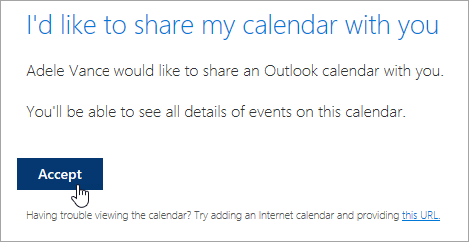
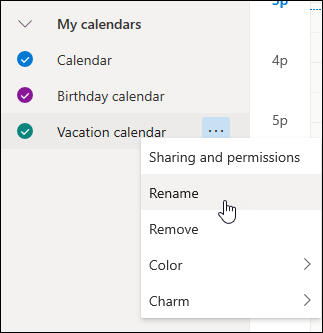
 at the bottom of the page.
at the bottom of the page.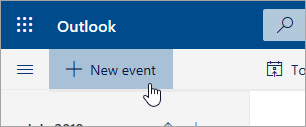
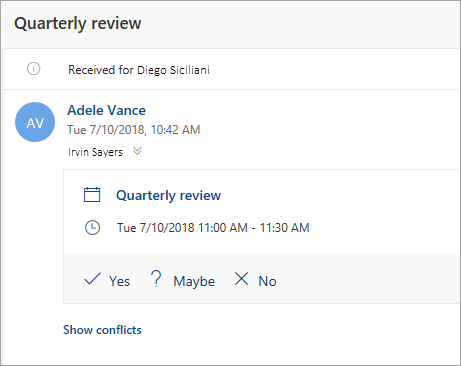
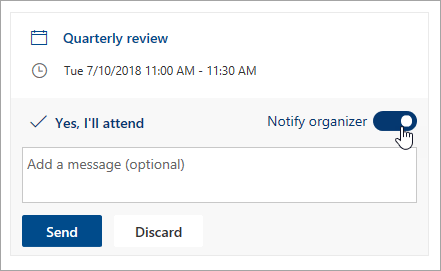
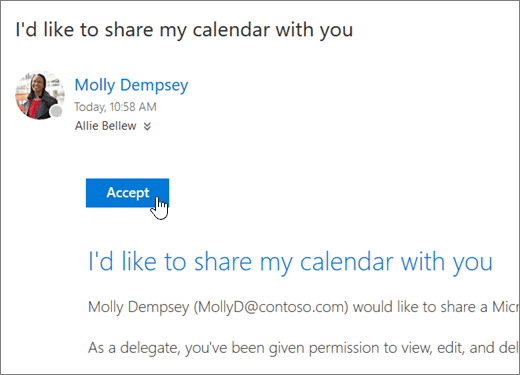
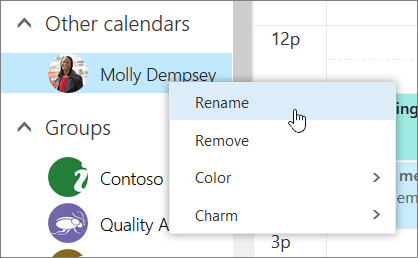
 , and select Calendar.
, and select Calendar.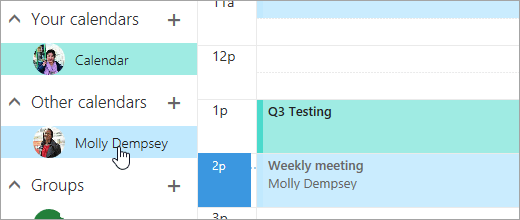
 New at the top or double-click on the calendar area to open a new calendar item form.
New at the top or double-click on the calendar area to open a new calendar item form.
